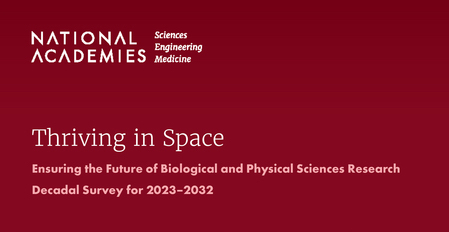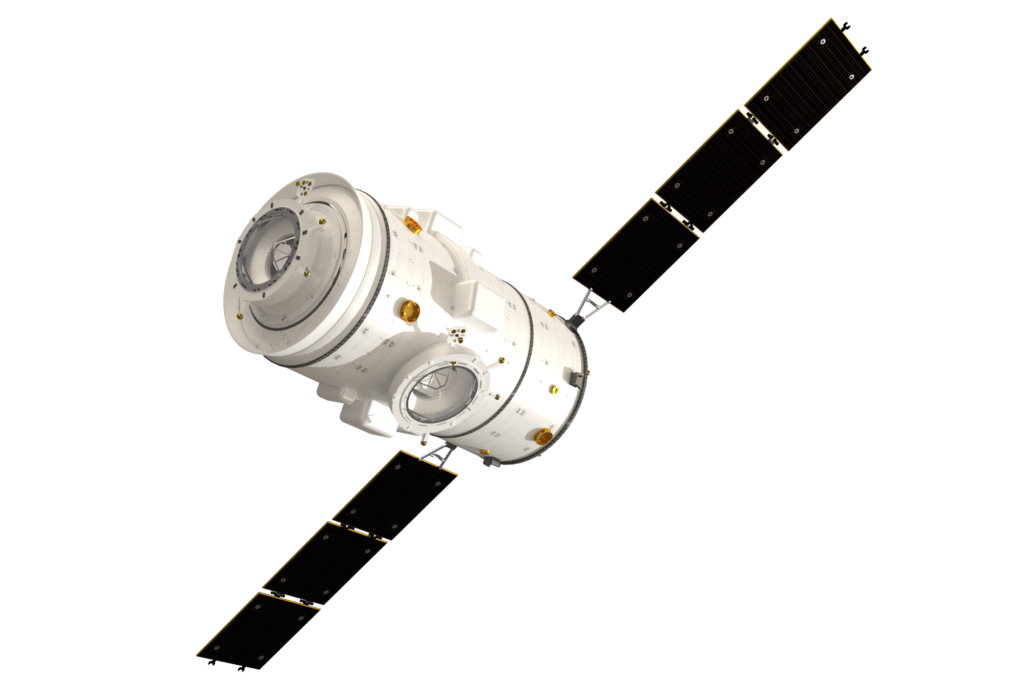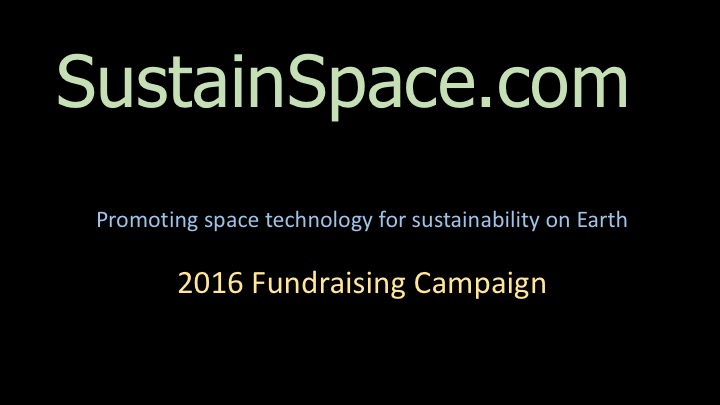Every ten years, the National Academy of Sciences conducts a study of particular areas of space research and makes findings and recommendations. The latest version of Thriving in Space: Ensuring the Future of Biological and Physical Sciences Research: A Decadal Survey for 2023-2032 (2023), hereinafter referred to was the Survey. is being unveiled. While the final version is not yet out, Sustainspace has viewed a substantial-finished preprint and presents several important part of the report related to space life support, plant research, and sustainability.
Category Archives: General
Space Housing Market Update
On Sept. 27, 2023, NASA astronaut Frank Rubio broke the record for consecutive days in space, completing a single mission aboard the International Space Station of 371 days, which conclusively proves that astronauts can live in space for over a year and suggests that astronauts can survive in space much longer. (Russian cosmonaut Valery Ryumin also logged 371 days in space, but broken over four missions).
It’s an exciting milestone towards longterm human endurance and sustainability in space. Do you want to live in space in the near future? Here is an updated list of the prospective locations.
A New Era of Private Space Stations
Background
For the past several years, there has been much hullabaloo regarding proposed private space stations. Yet several current proposals seem much more substantive than chiefly aspirational proposals in the past. That the International Space Station (ISS) has less than one decade of expected life remaining has accelerated both investment as well as government interest and funding. Reduced launch costs provide a further foundation for the tangibility of such proposals.
A New Frontier In Life Support with the I-HAB
I-HAB, a seldom-discussed component of the Lunar Gateway, could have an out-sized impact on the advancement of life support systems. This module is chiefly devoted to human habitation and life support. It is being developed primarily under the auspices of the European Space Agency who has devoted significant resources towards the development of closed-loop life support. Therefore, discussion of this module deserves to be revisited.
NASA CSA Deep Space Food Challenge
NASA and the Canadian Space Agency (CSA) are inviting organizations and teams of individuals the Deep Space Food Challenge invites teams to create novel and game-changing food technologies or systems that require minimal inputs and maximize safe, nutritious, and palatable food outputs for long-duration space missions, and which have potential to benefit people on Earth.
This is an international competition. NASA and CSA are offering hundreds of thousands of dollars of cash challenges, and others can get the glory of recognition.
Book Review: Revolutionary Understanding of Plants

Will plant intelligence compel future spacefarers to carry chili peppers? © Tomas Castelazo. CC BY-SA 4.0.
Stefano Mancuso’s book The Revolutionary Understanding of Plants: A New Understanding of Plant Intelligence and Behavior (2017) makes the case that plants are an often ignored, under-appreciated and yet extremely intelligent life form that has the ability to solve human sustainability challenges and even can teach us how to better govern ourselves.
SustainSpace 2016 Fundraising Campaign
SustainSpace has kicked off its 2016 Fundraising Campaign. This campaign will provide funding to new writers and seed grants to students and others who are working on related products. Help SustainSpace continue the mission to promote sustainability and space. Donate here today!
Welcome to SustainSpace
SustainSpace encourages the reuse of technologies developed for space to benefit sustainability endeavors on Earth by blogging about those developed by others and developing new ones.




